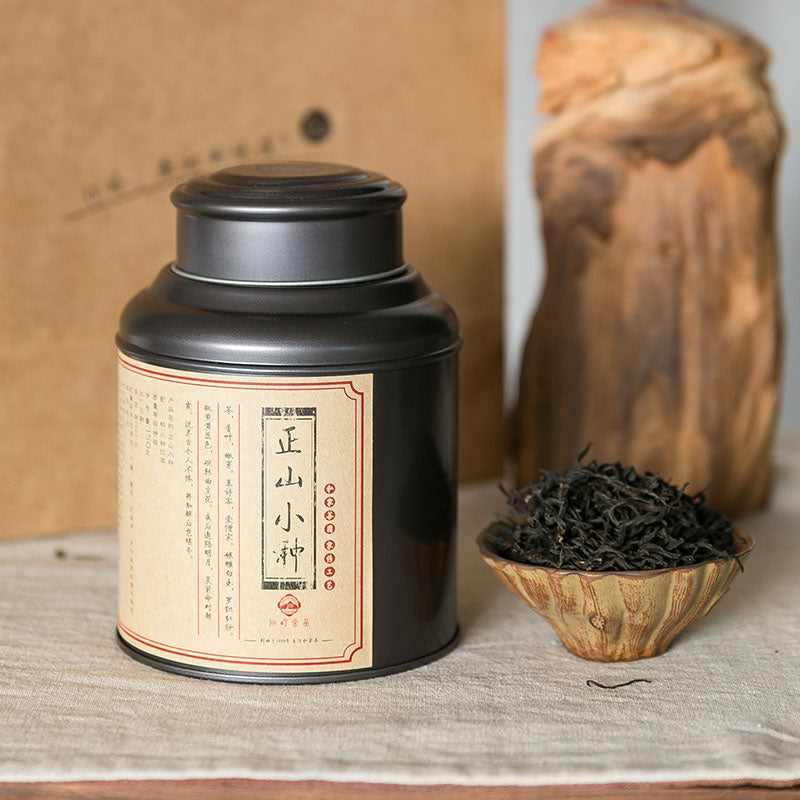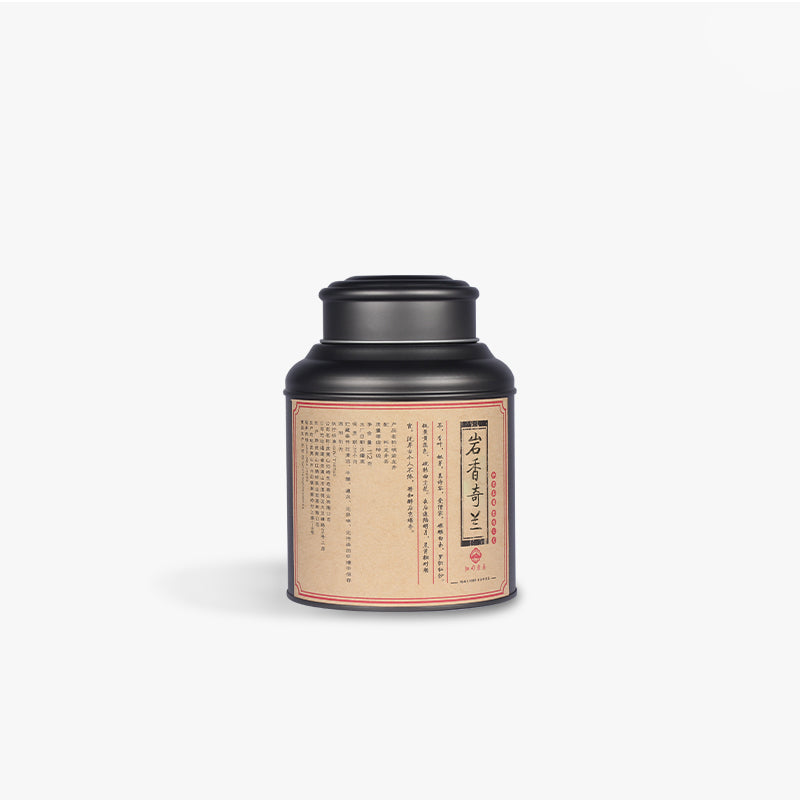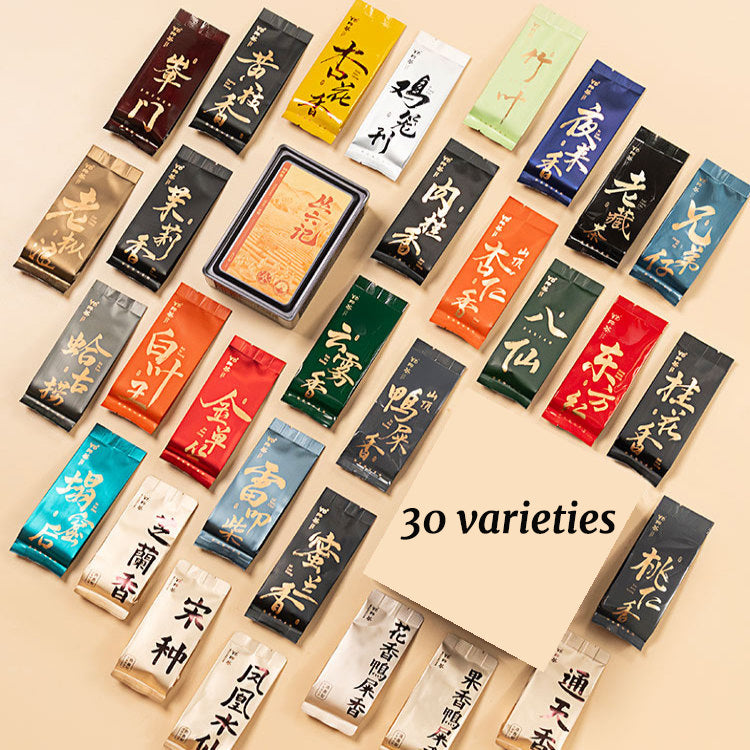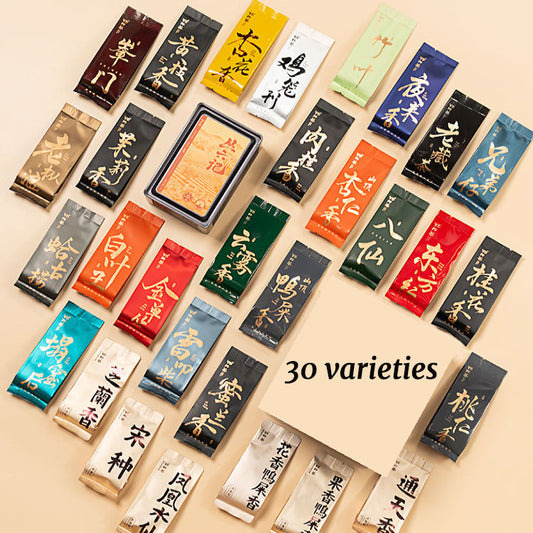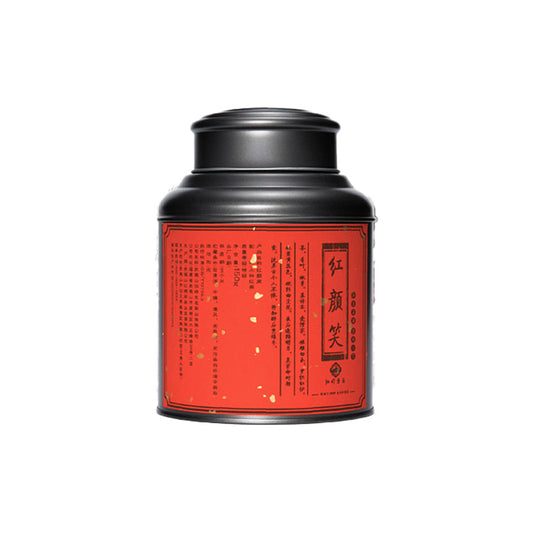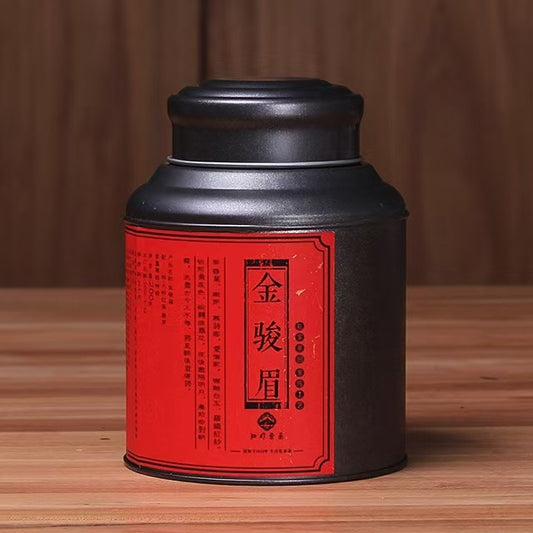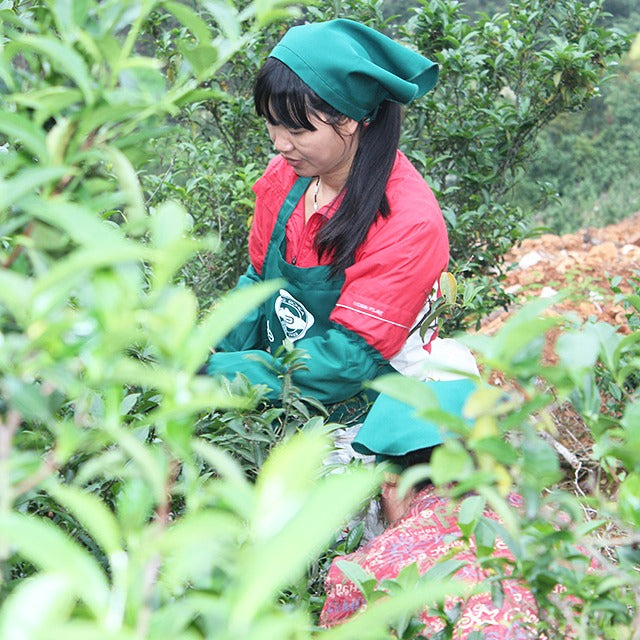The Delicate Art of Crafting a Perfectly Weak Tea
The Delicate Art of Crafting a Perfectly Weak Tea
In the world of tea enthusiasts, the art of making a perfectly weak cup often requires as much finesse as crafting a robust brew. While the idea of "weak tea" might conjure images of diluted disappointments, for some, it represents a delicate dance of subtlety and restraint. Embracing this gentler infusion invites one to savor the understated, to discover flavors that whisper rather than shout.
In the cool, mist-laden regions of China, particularly in Fujian and Zhejiang provinces, the concept of weak tea finds its roots. Here, the revered white teas like Bai Mudan and the gentle dragonwell or Longjing green tea are traditionally brewed with a light hand. This practice ensures that the delicate, fresh notes of young tea leaves are not overwhelmed by excessive heat or time. The result is a brew that is pale in color and soft in flavor yet richly aromatic, capturing the essence of a sun-dappled spring morning.
Brewing a weak tea demands patience and a keen sense of observation. Begin with water slightly below boiling—around 75 to 80 degrees Celsius—for green teas or 85 degrees for white teas. The leaves should be allowed to dance freely in the water, but only for a brief minute or two. The brevity of the steeping time preserves the tea's delicate sweetness and floral undertones, offering a cup that's as soothing to the soul as it is gentle on the palate.
It's not just about the physical process; there's an element of mindfulness in brewing weak tea that can be profoundly satisfying. Picture yourself holding a warm cup, inhaling the faint aroma that hints at meadow flowers and fresh grass. This quiet moment offers a pause from the world, a chance to appreciate subtleties we often overlook in our pursuit of boldness and intensity in flavors.
Culturally, weak tea has its place at the table as a gesture of hospitality. In some parts of Europe, particularly in the Scandinavian regions, a weak brew is often served to guests as a sign of welcoming and inclusion. This tradition reflects a cultural emphasis on moderation and the joy found in the gentle and the light.
So, the next time you find yourself reaching for that robust black tea or heavily roasted oolong, consider the charm of a softly-hued cup. Allow yourself to explore the quieter notes that a weak tea can offer. After all, there is an elegance in its subtlety, a reminder that sometimes, the most beautiful stories are told in whispers.

